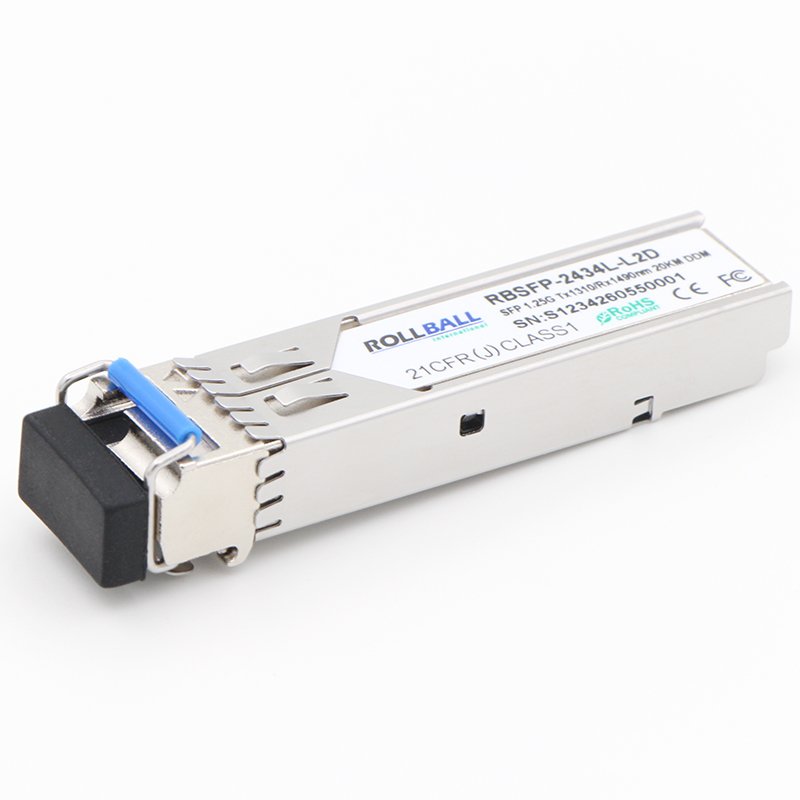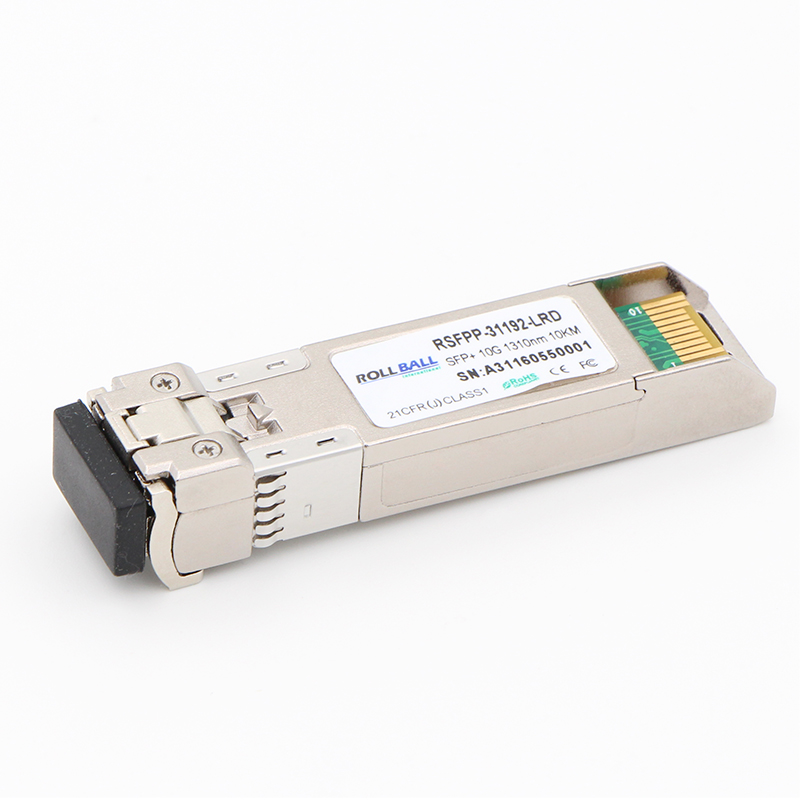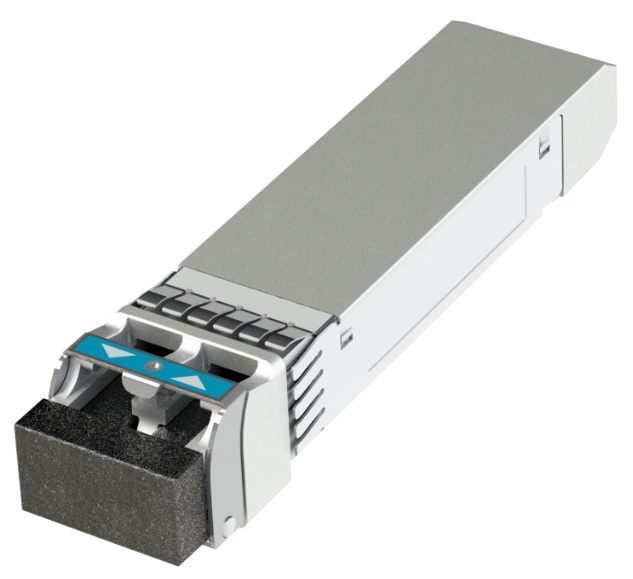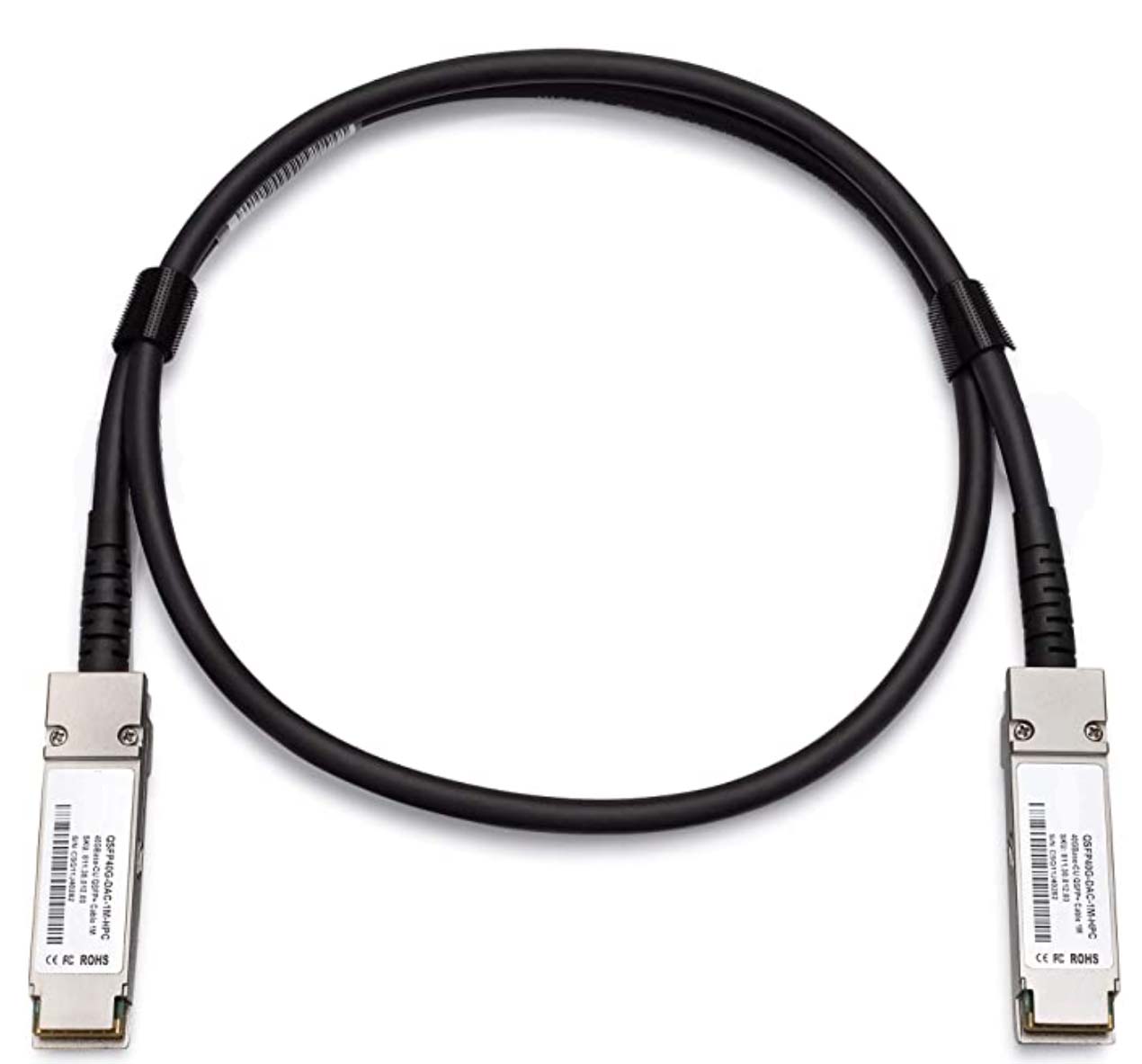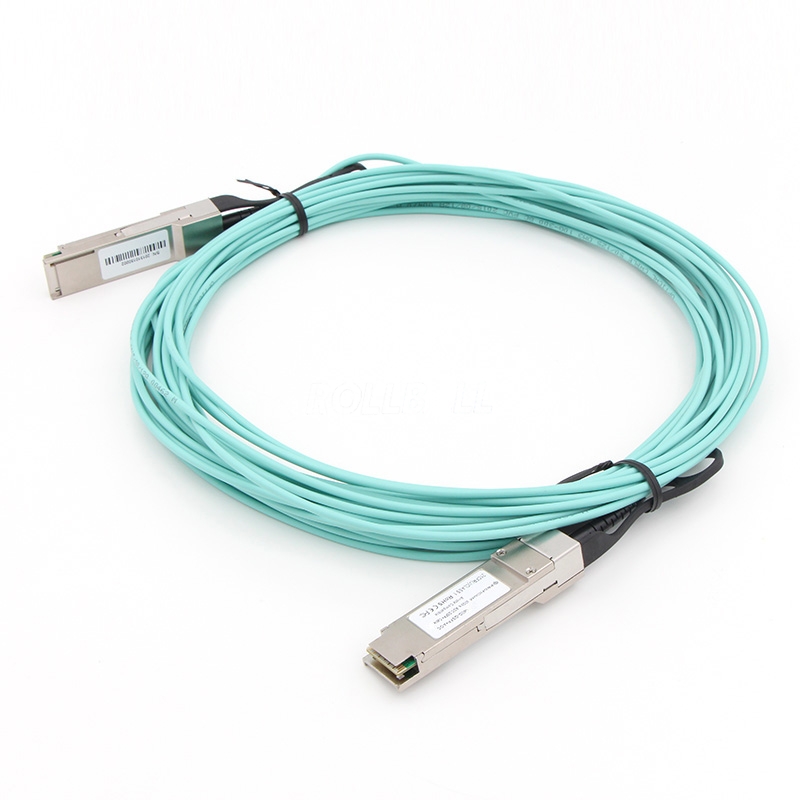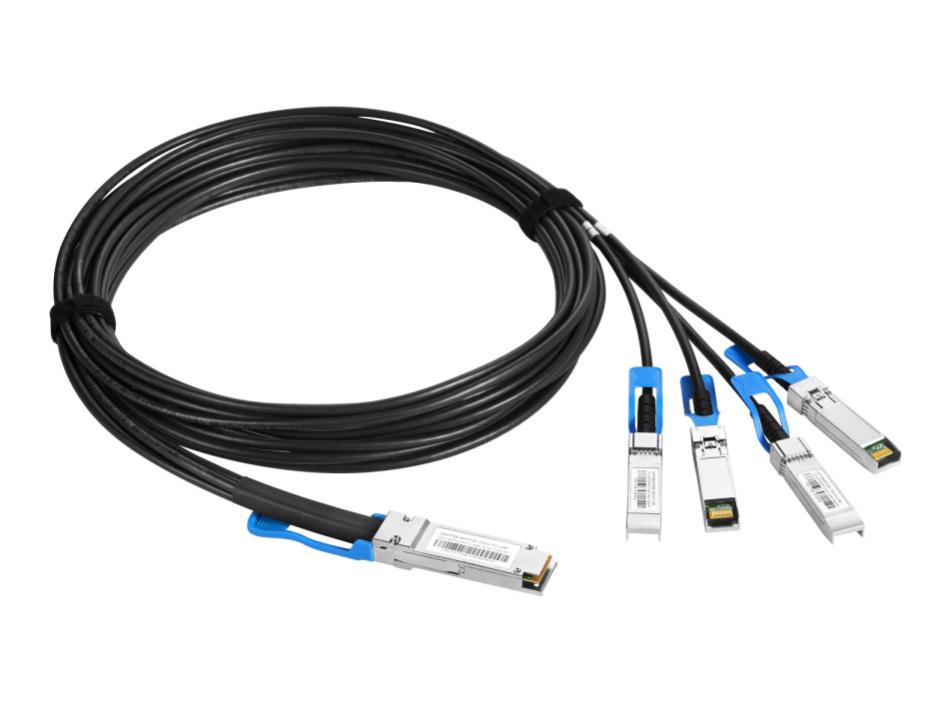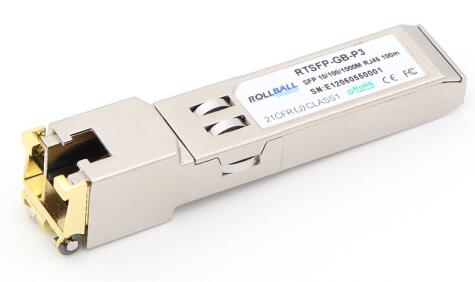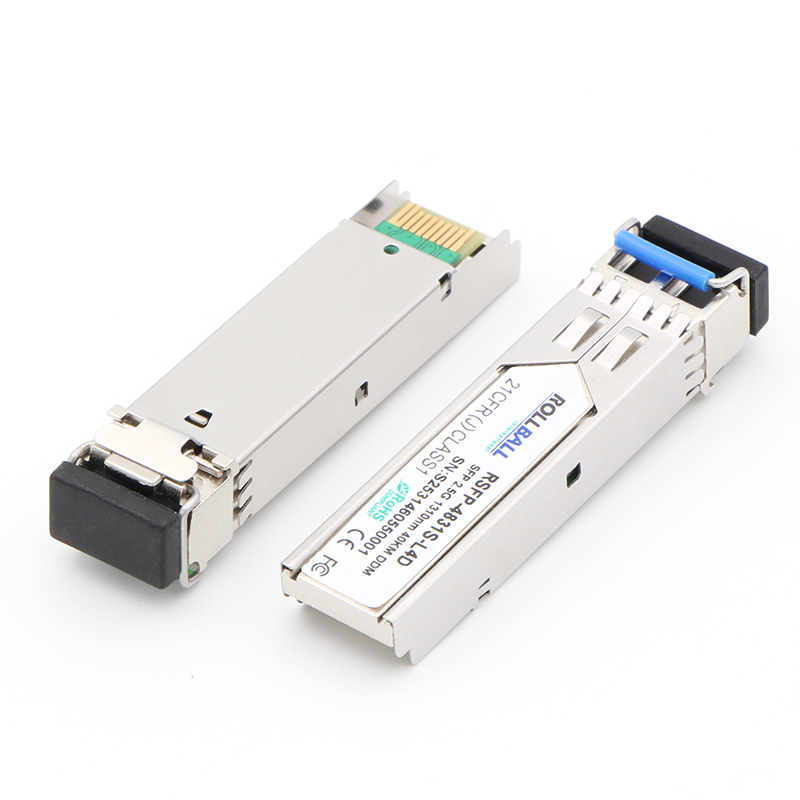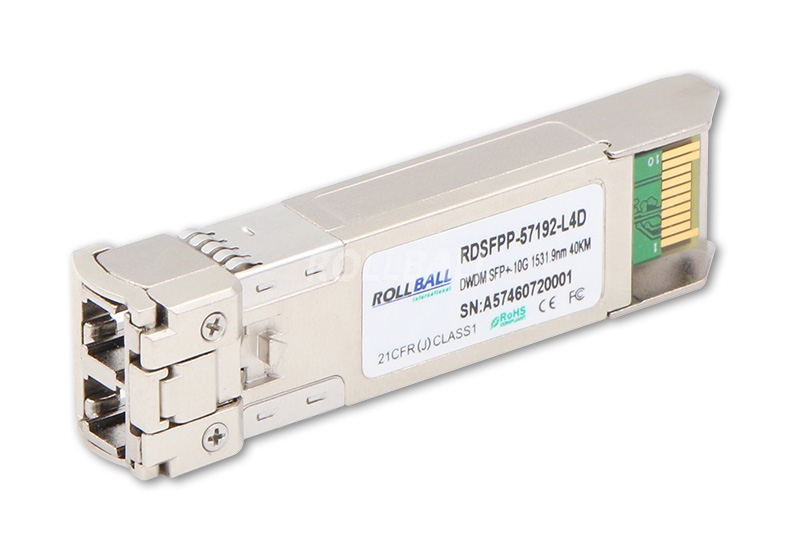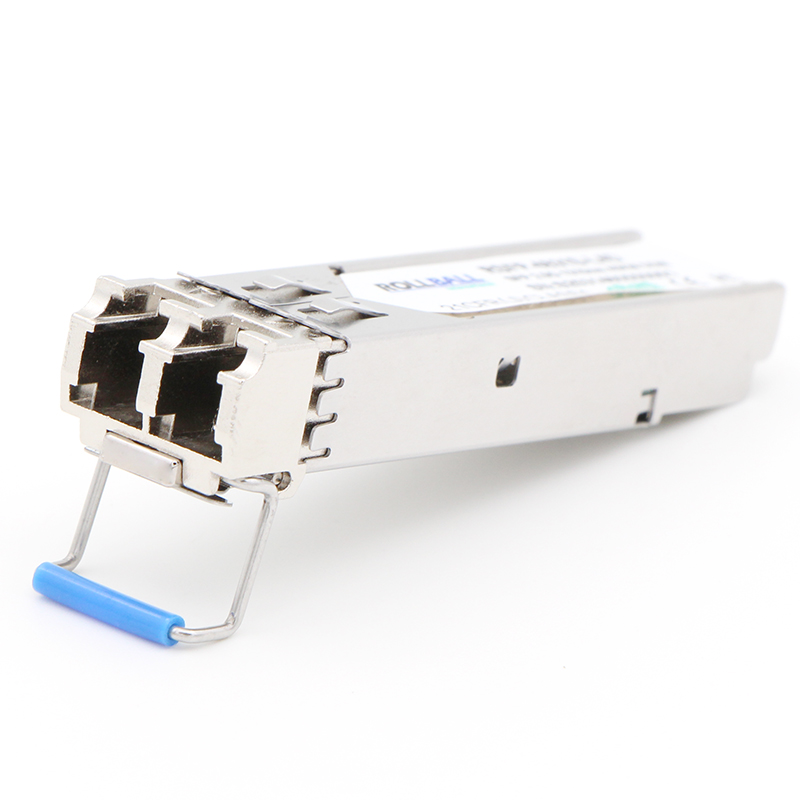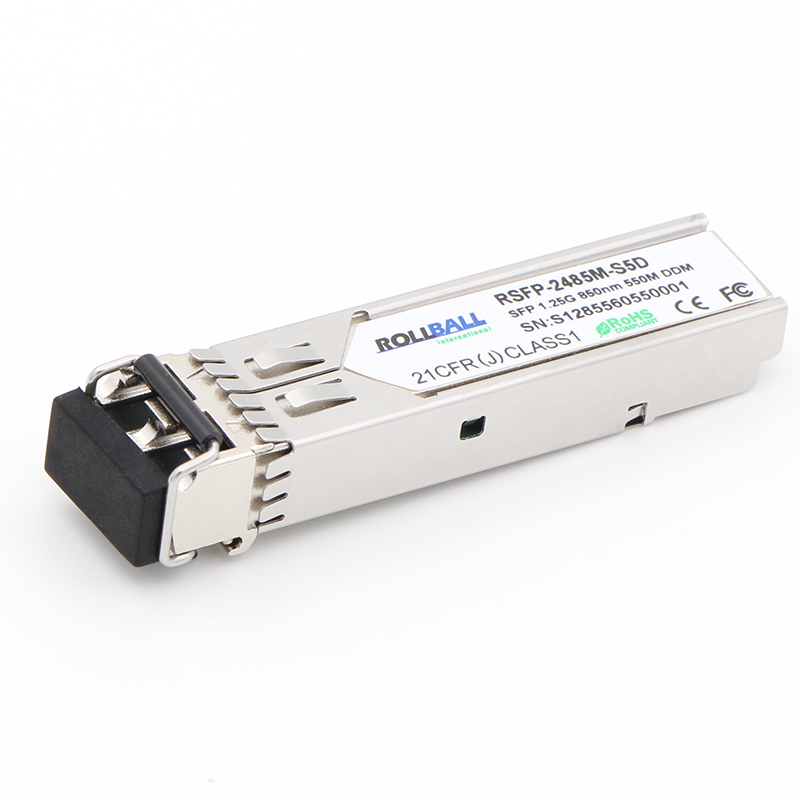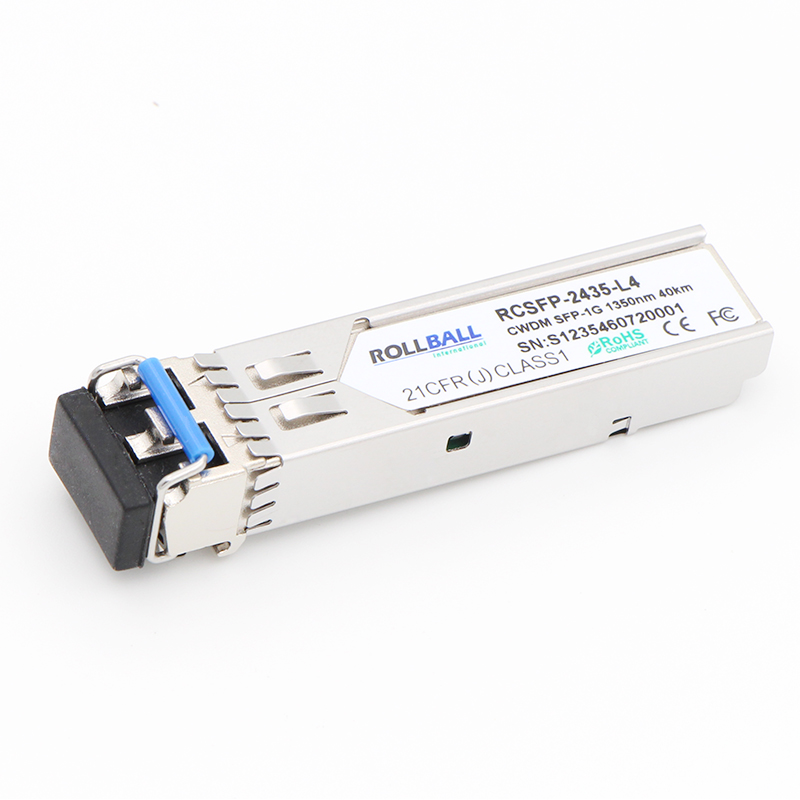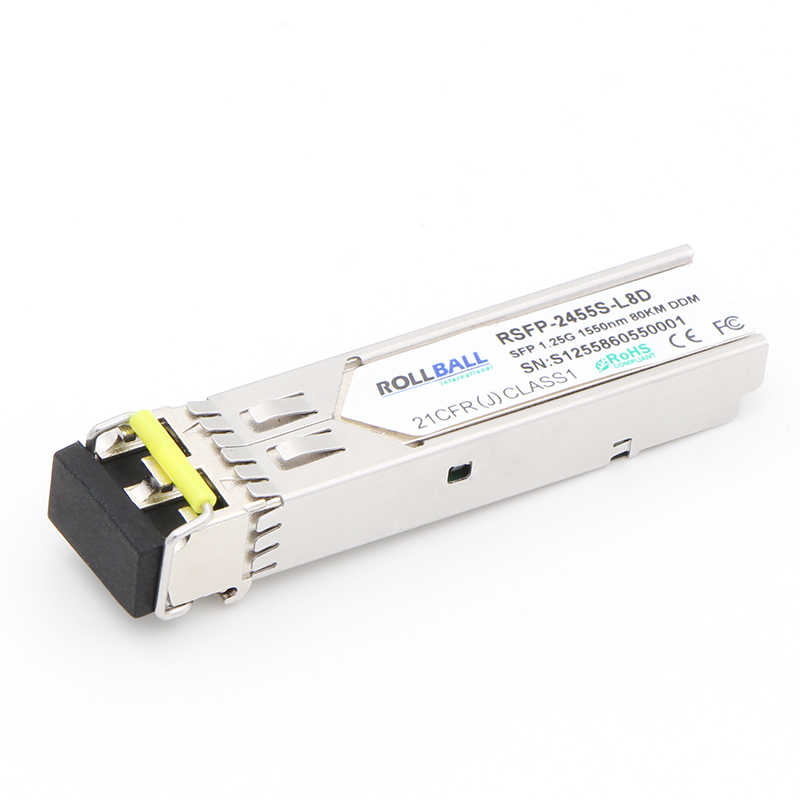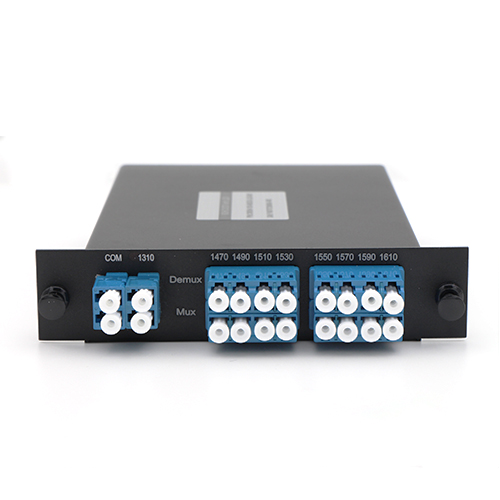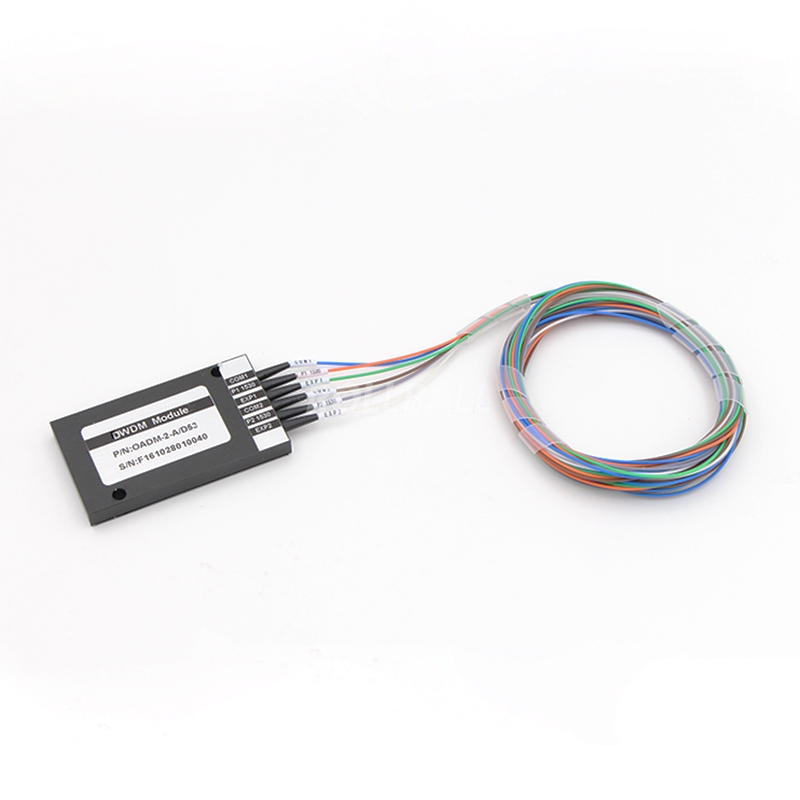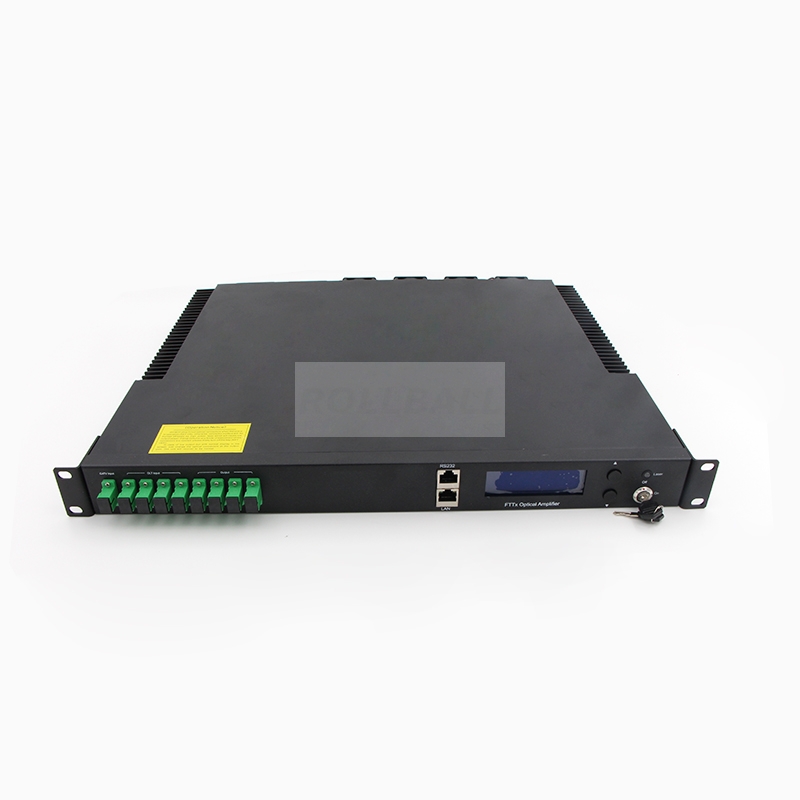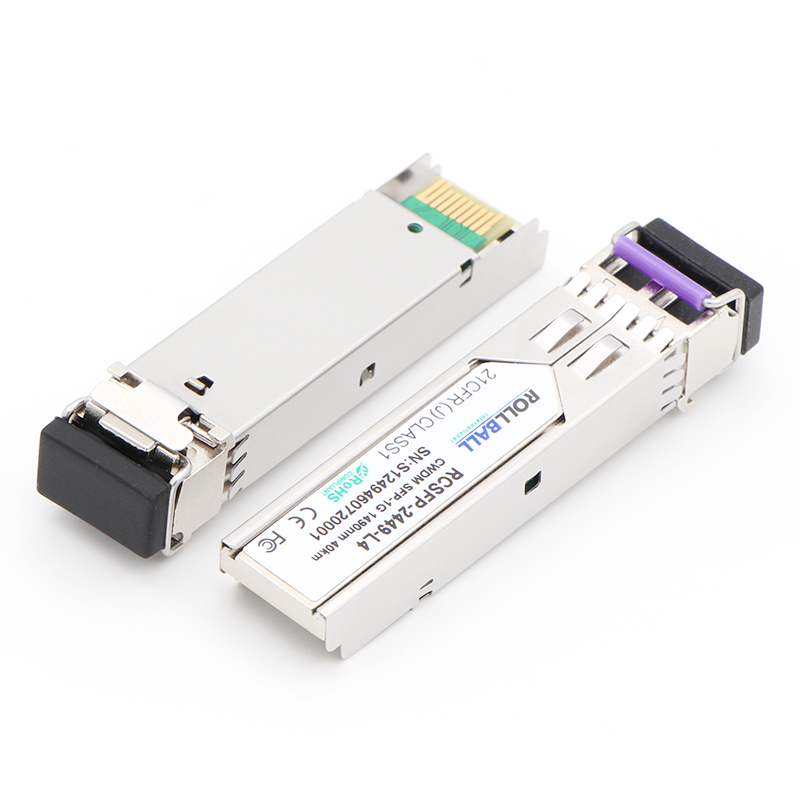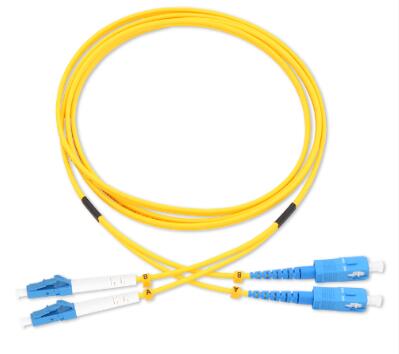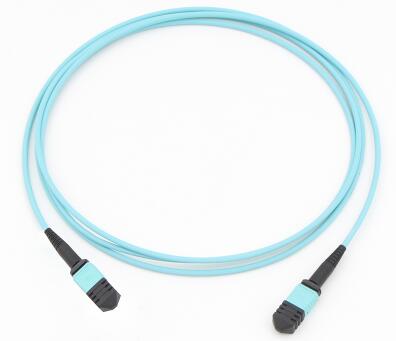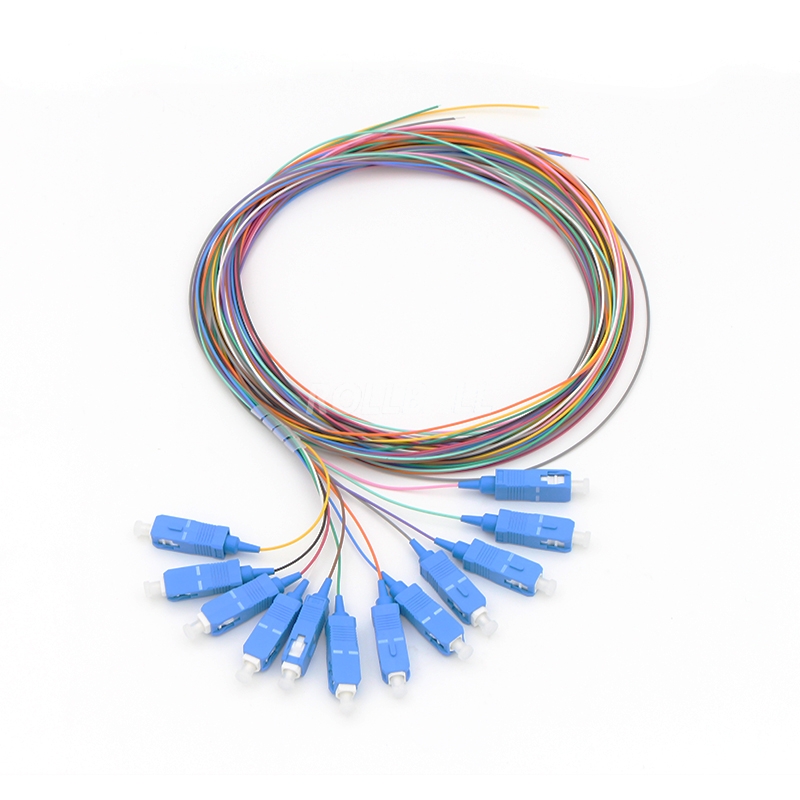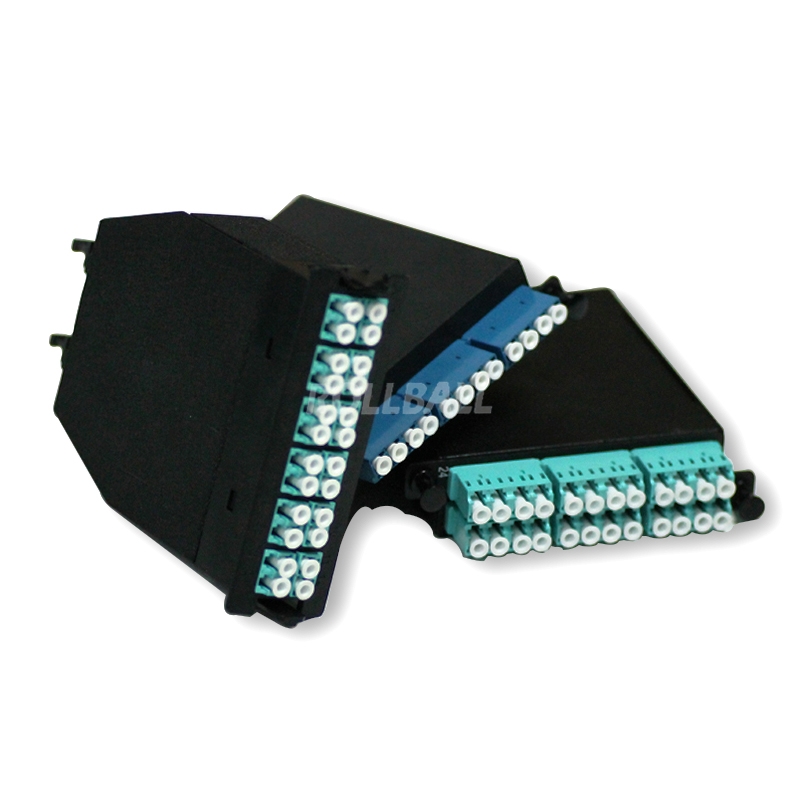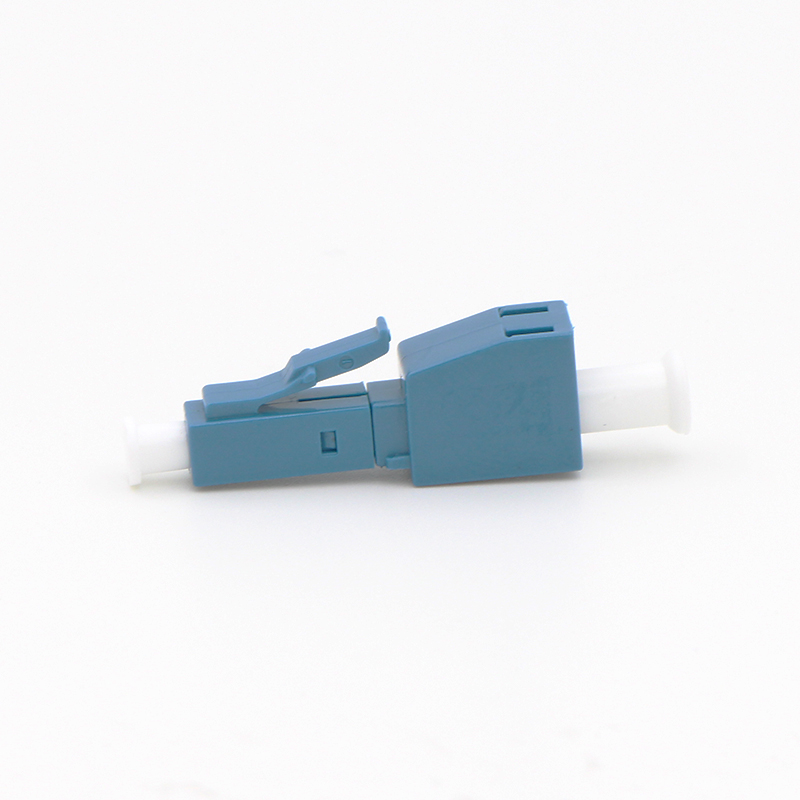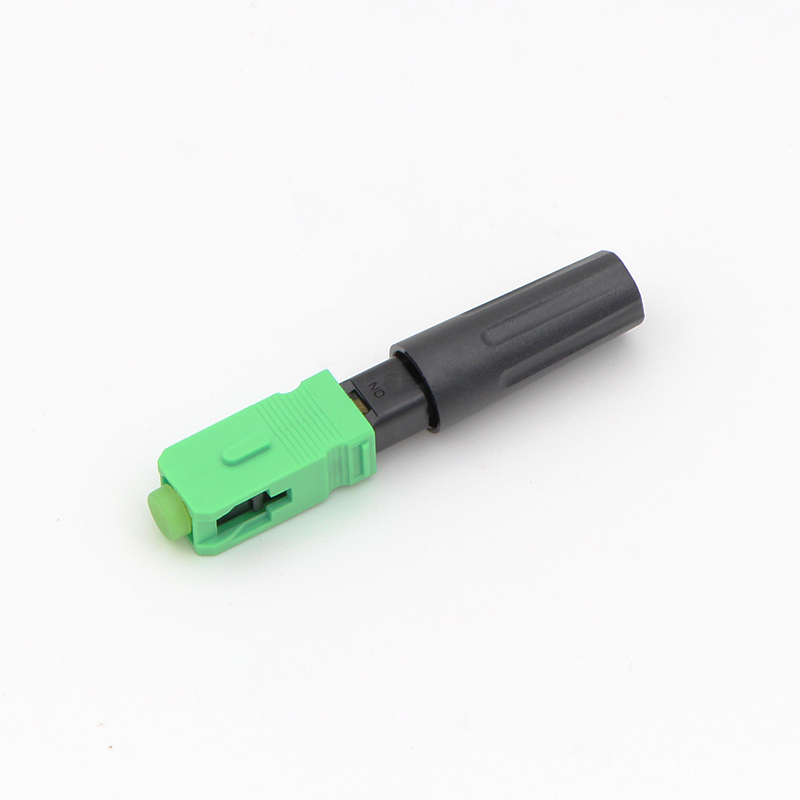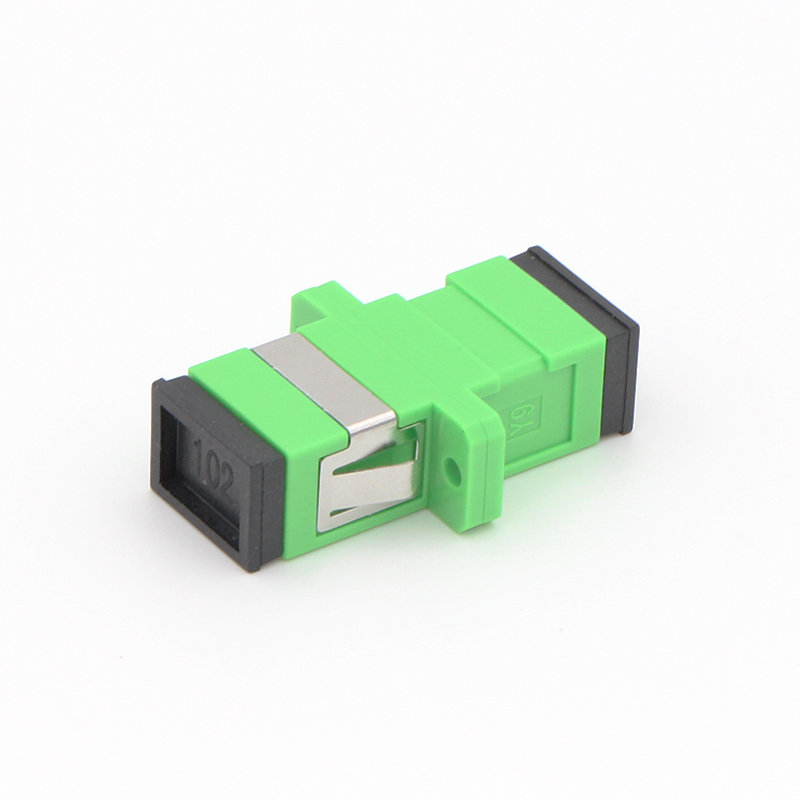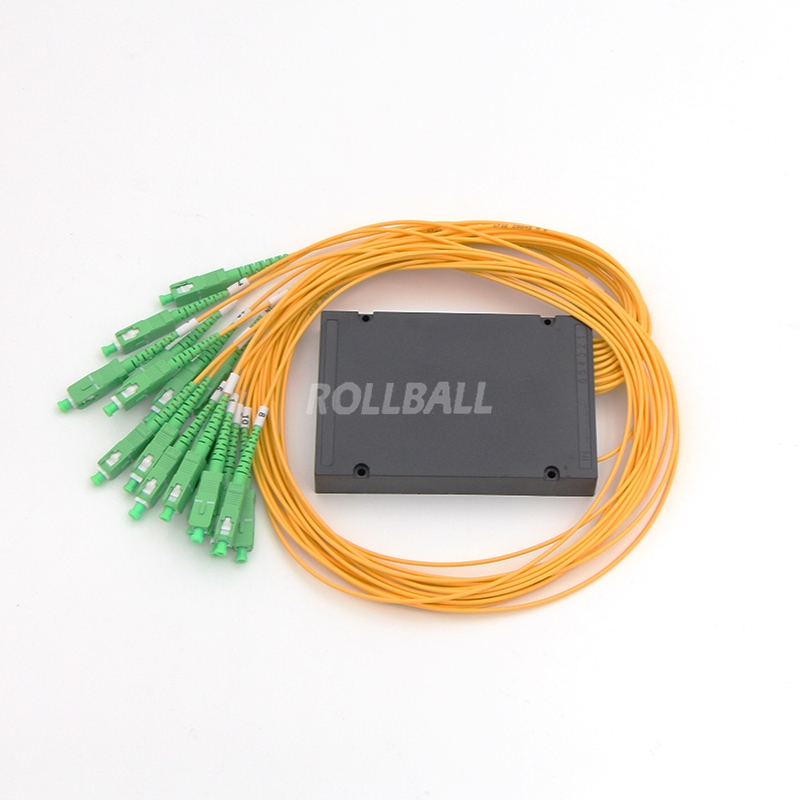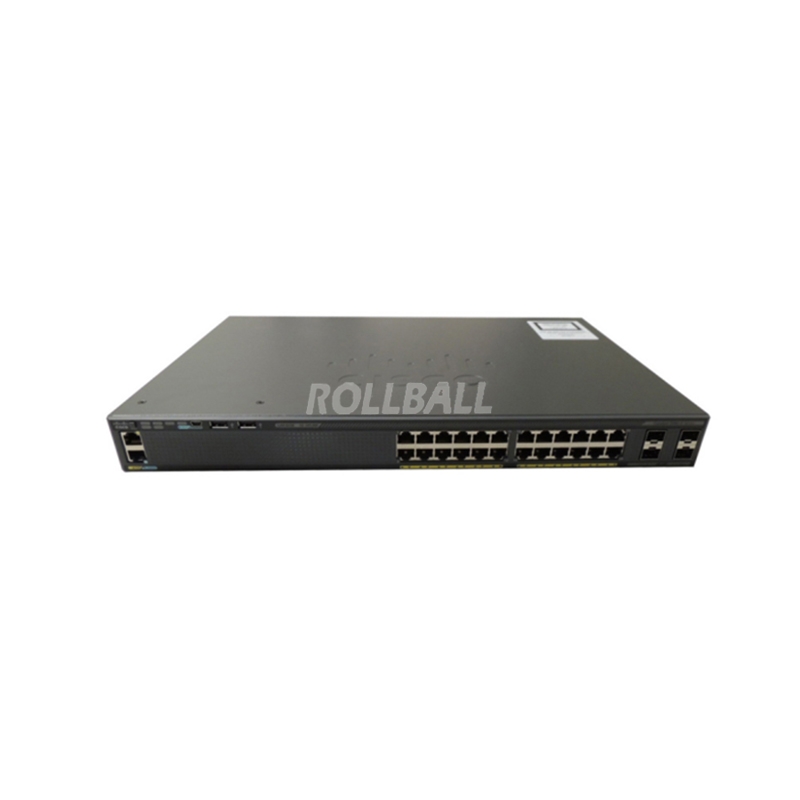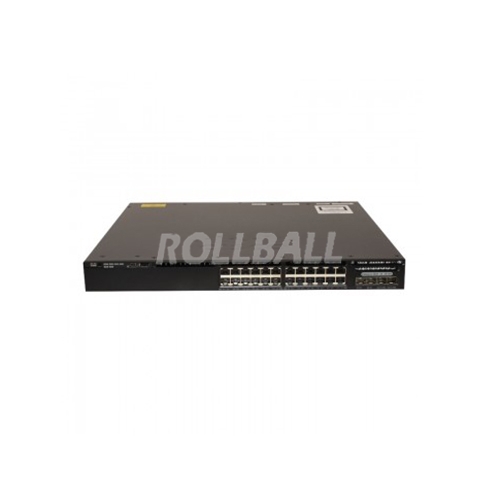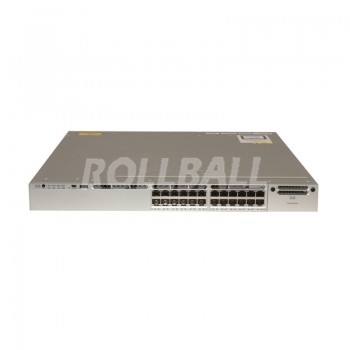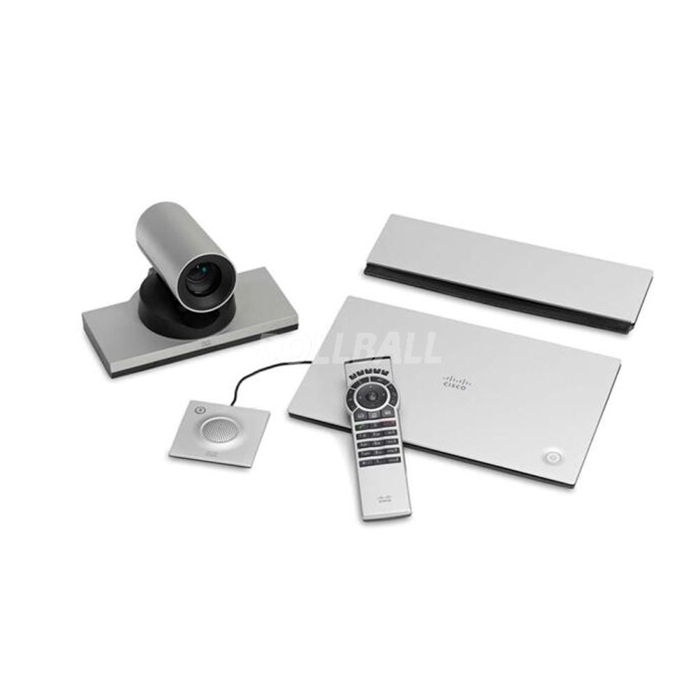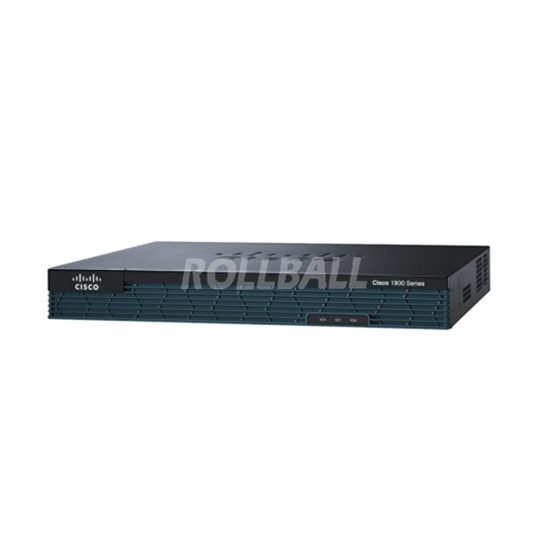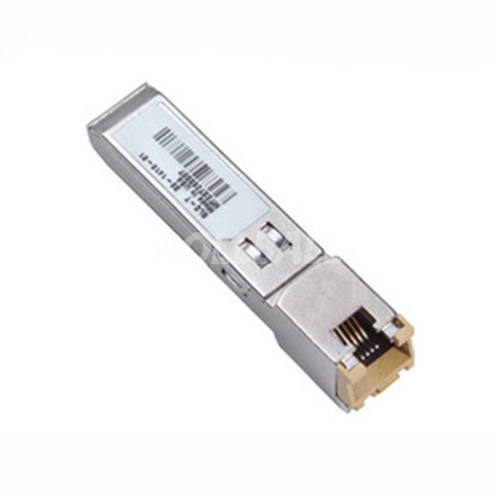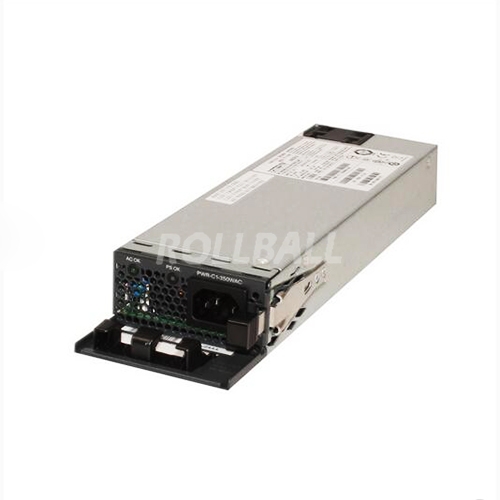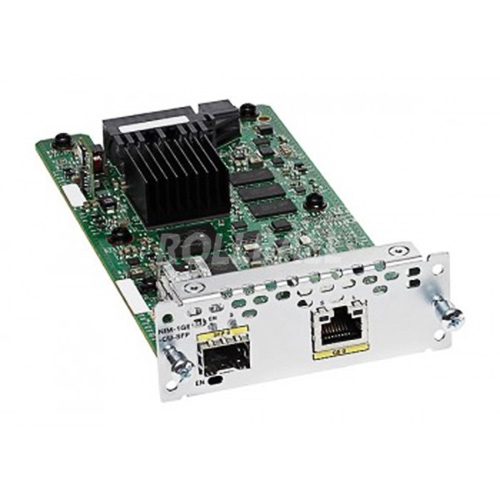Where Are the Transceivers From, for Compatibles and OEMs?
No matter it is for the third party or the OEMs, the transceivers are all sourced from the same manufacturer. And the typical transceiver companies are only so many, such as Avago, Finisar, Lumentum, etc.
The truth is that optics manufacturers generally don’t make product special for OEMs. Instead they make standardized ones based on MSA standard (Multi-Source Agreement), IEEE standard, and EU directives. These standards and directives to the optics ODMs is what law is to human. But if the modules are the same, why is an OEM module much more expensive than a compatible one?
Why Is an OEM Module Much More Expensive?Big brand switch companies generally don’t make cables or optics. They rely on two or more manufacturers to make transceiver modules for them, and then rebrand the module and every other related parts with their own logo.
Take a 10GBASE-SR SFP+ as example, the MSRP (Manufacturer Suggested Retail Price) is $20, but surprisingly, a customer has to spend $100 when he gets an OEM module from the reseller. If the customer buys directly without the OEM branding, it will charge only $16 from the compatibles vendor. How could this happen?
It is not reasonable for the customers to pay extra $94 only for an OEM logo on the module and the end cap, right? So OEMs bring up the issue about the additional compatibility test.
What About the Compatibility Test?The compatibility issue is brought up by OEMs after they add enhancements on standardized module, such as changing the link establishment sequence (i.e. the port knock), verifying legitimate parts with encryption keys, along with performing white-listing of parts in the NOS. So that OEM switches will only accept modules that are correctly coded.
But it is not the point that makes originals superior to compatibles. Good compatibles vendors are able to code the transceiver by themselves and test each module in OEM switch and according to the latest software release notes (such as IOS, JunOS).
Can I Use One Compatible Module in Different OEM Switches?Yes, compatible products have the potential. Actually, good compatibles vendors are able to make multi-coded compatible products that can support several different OEM equipment. One benefit is that service providers can reduce the amount of back-up components stored in a data center.
 USD
USD EUR
EUR GBP
GBP CAD
CAD CNY
CNY SAR
SAR SGD
SGD NZD
NZD ARS
ARS INR
INR COP
COP AED
AED
